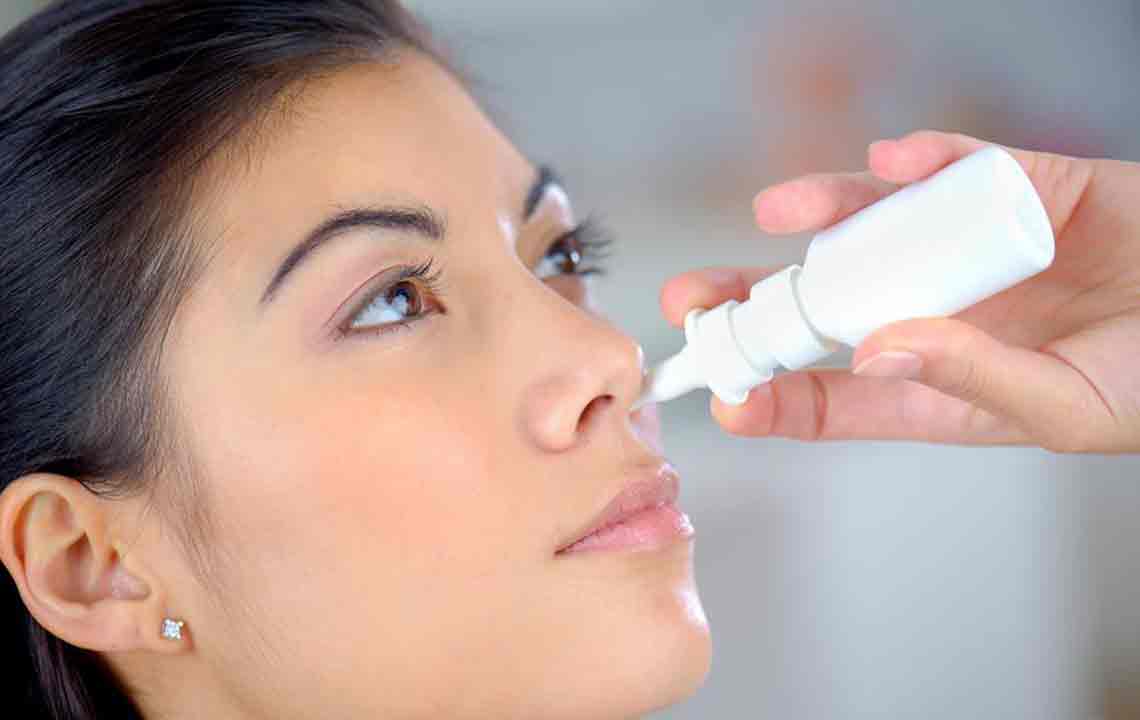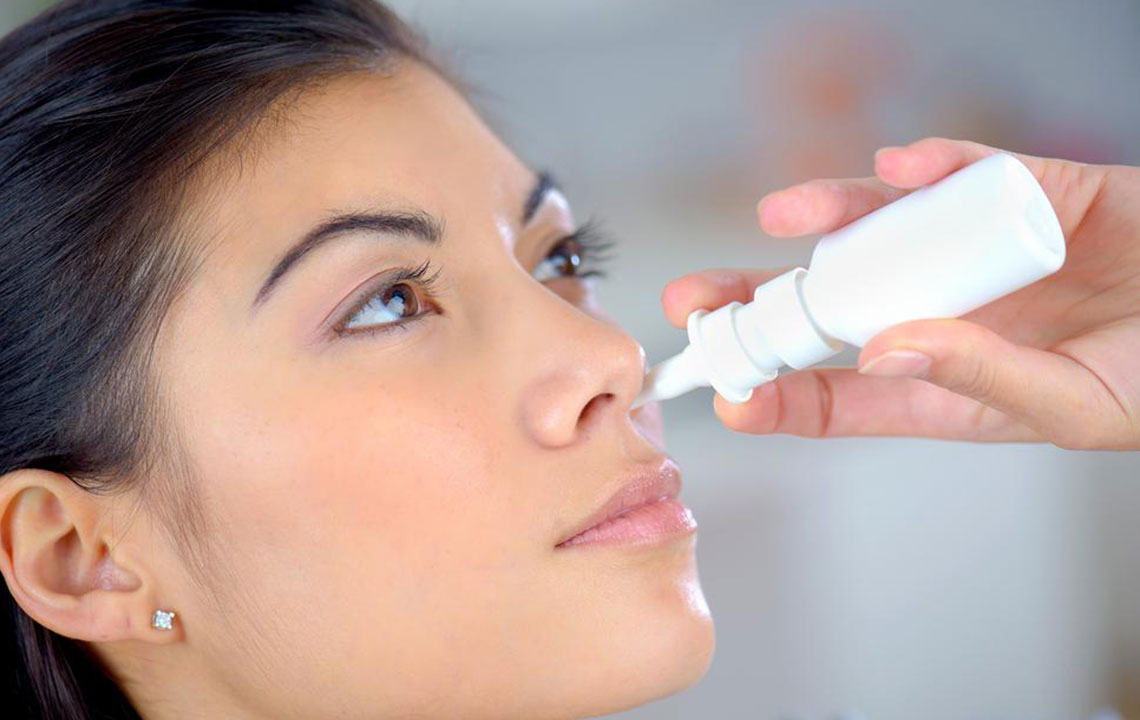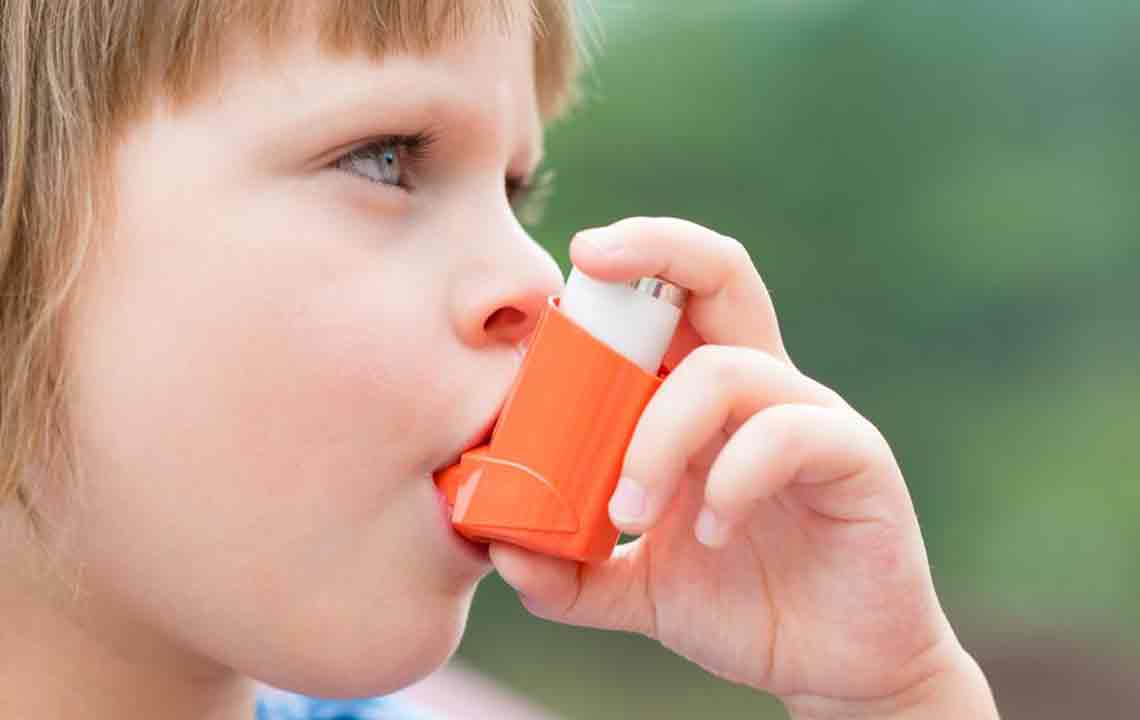Selecting the Ideal Nasal Spray for Dust Allergy Relief
Learn how to choose the most effective nasal sprays for dust allergy relief. This guide covers symptoms, triggers, types of sprays like decongestants, antihistamines, and steroids, and tips for managing dust exposure at home. Consult healthcare professionals for tailored treatment to alleviate allergy symptoms efficiently and safely.

Choosing the Best Nasal Spray for Dust Allergy Symptoms
Understanding dust allergy
Individuals sensitive to dust often experience symptoms such as sneezing, nasal congestion, runny nose, and itchy eyes. Severe cases may include asthma-like issues like coughing, wheezing, chest tightness, and shortness of breath. Others might also feel itchy due to dust exposure.
Common signs of dust allergy
Typical symptoms include:
Nasal congestion or runny nose
Red, itchy, or watery eyes
Sneezing
Itching
Coughing, wheezing, chest tightness, and difficulty breathing
Triggers of dust allergy
Dust mites
Mold spores
Pollen particles
Cockroaches
Pet fur or feathers
Effective treatments for dust allergy
If you suspect you have a dust allergy, consult a healthcare professional promptly. The most effective and fast-acting relief can often be achieved with nasal sprays, which act within minutes, offering an alternative to antihistamine pills. You can purchase nasal sprays over-the-counter or get a prescription from your doctor tailored to your allergy severity.
Various nasal sprays are available, including:
Decongestant sprays
These sprays, like Oxymetazoline and Phenylephrine, help reduce nasal swelling and congestion. Use them sparingly, as overuse beyond three days can cause rebound congestion. Always consult your doctor before use, particularly if you have high blood pressure or glaucoma.
Antihistamine sprays
Medications like Olopatadine and Azelastine target allergy symptoms such as sneezing and itching. They usually cause less drowsiness than pills but may vary among individuals. Use under medical guidance.
Steroid nasal sprays
These help reduce inflammation and improve airflow over time. Examples include Fluticasone and Beclomethasone, available by prescription. They might take days or weeks to show full benefits and may have side effects like headache or sore throat.
NasalCrom (Cromolyn Sodium)
This spray prevents histamine release, easing allergy symptoms. Use it 1-2 weeks before allergy seasons for optimal results. It’s safe, with minimal side effects such as nasal burning. Consult your doctor if you have asthma or sinus issues.
Atrovent (Ipratropium Nesal)
This prescription-only spray reduces mucus and relieves a runny nose but isn't as effective for other symptoms like sneezing. Not suitable for individuals with prostate or glaucoma issues. Side effects may include nasal irritation or headaches.
Managing dust allergy
Opt for wooden flooring and minimize carpets
Keep your home clean with vacuuming to reduce dust accumulation
Use allergen-proof covers on pillows and mattresses
Wash bedding regularly with hot water
Employ HEPA air purifiers if you are highly allergic
Restrict pets from allergen-sensitive rooms
Implementing these measures along with nasal sprays can effectively control dust allergy symptoms and improve quality of life.
Important Notice:
Our articles offer practical insights drawn from research but should not replace professional medical advice. Always consult healthcare providers for personalized treatment options. The information provided may not reflect the latest treatments or offers available in stores.










